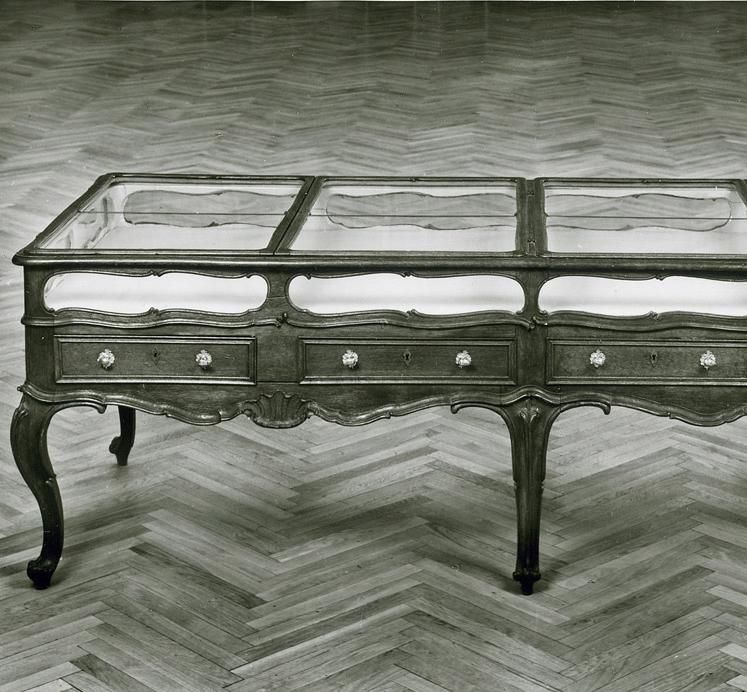An important man at the prince-elector's courtCosimo Alessandro Collini
Cosimo Alessandro Collini (1727–1806) was one of the most vivid characters at the court of the Electoral Palatinate. Following a convoluted path, the former drop-out and confidant of Voltaire became the confidential secretary of the prince-elector, a highly regarded scientist, and the "court historian" of Mannheim.






